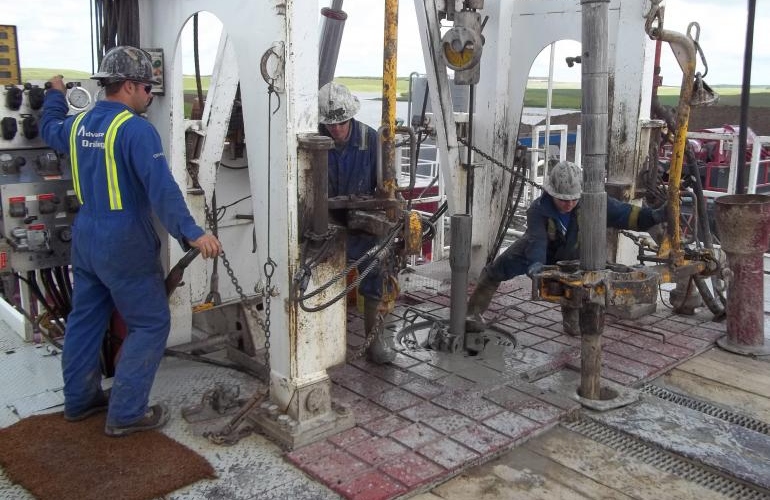In the initial stage, it is necessary to conduct studies to locate a possible reservoir. Studies of Geology and Geophysics are employed in order to evaluate the soil and subsoil. Geology conducts studies on the surface that allow a detailed examination of rock layers where there may be accumulation of oil. The oil is removed from deposits through perforations in the earth’s crust, through which it reaches the oil well. Initially, the oil gushes spontaneously, due to the great pressure of its gases. After some time, the internal pressure becomes insufficient to carry the oil to the surface of the crust, and extraction is carried out by means of pumps. Then, the oil is subjected to gross mechanical purification: decanting, the brine is separated and the suspended matter (particularly sand and clay), etc… After mechanical treatment, the oil is subjected to a fractionation process. Once stored, the oil goes to the refining, that is to separate the complex hydrocarbon mixture into desired fractions, processing them and industrializing them into marketable products. Crude oil undergoes desalination by removing the minerals. In sequence, the oil passes to step fractionation, which occurs in the distillation process to separate the fractions. This separation involves vaporizing a liquid by heating, followed by the condensation of its vapor. There are different types of distillation: simple, fractional etc…

In the case of oil, fractioned distillation is employed, which is performed with the use of a fractionating column. In refineries, these columns are replaced by massive towers, called fractionation towers. In the sequence, you can use Geophysical explorations underground. One of the methods used is seismic, in which explosives are used to produce waves that crash into the earth’s crust and return to the surface, being captured by instruments that record certain information of interest. Once located a bed, breaks for the step of drilling. In step drill, obtains the certainty of the presence or not of oil. The drilling can be done on land or at sea. On land, is made by a drilling rig. At sea, the steps are identical to drilling. The difference is that they are made through offshore. The depth of a well can vary from 800 to 6000 meters. Once oil is found, many wells are drilled in order to study the feasibility of commercial exploitation of that reservoir. Once the commercial viability is checked, the output stage may begin. The oil can be expelled spontaneously due to the internal pressure of the gas, or you may need to extract it using mechanical methods.
During the process of extracting oil, Natural Gas can also be extracted mainly in sedimentary basins, where natural gas is often found dissolved in the oil. Thus, natural gas (technically called the Associated Petroleum Gas) is separated from the oil during production operations. Finished the stage production, oil and natural gas are transported through pipelines or vessels to terminals, where they are stored. Then the oil is transferred to the refineries, where it is separated into fractions, as crude oil has almost no application.










Comments are closed.